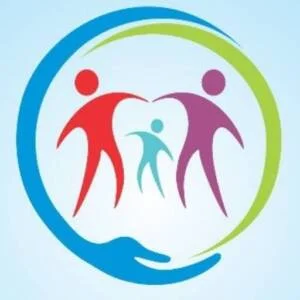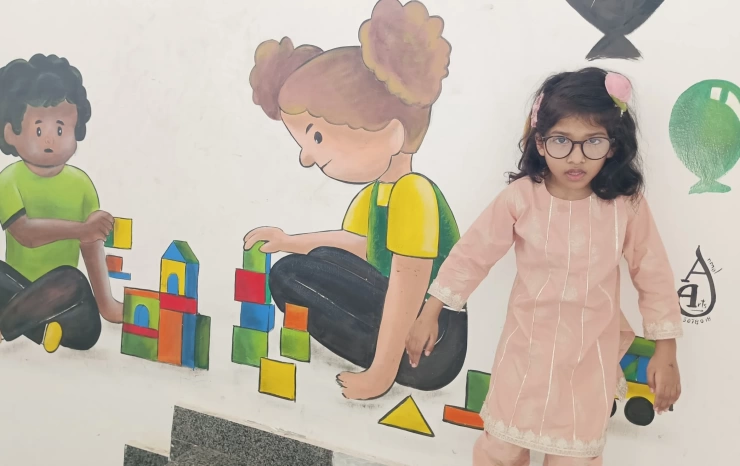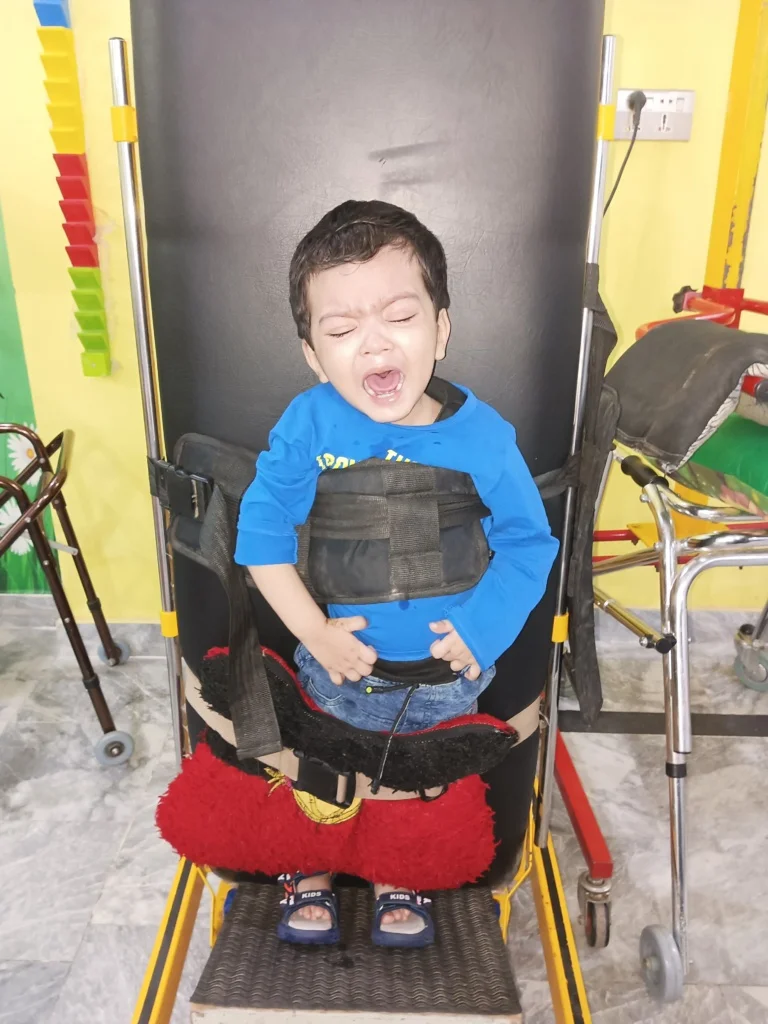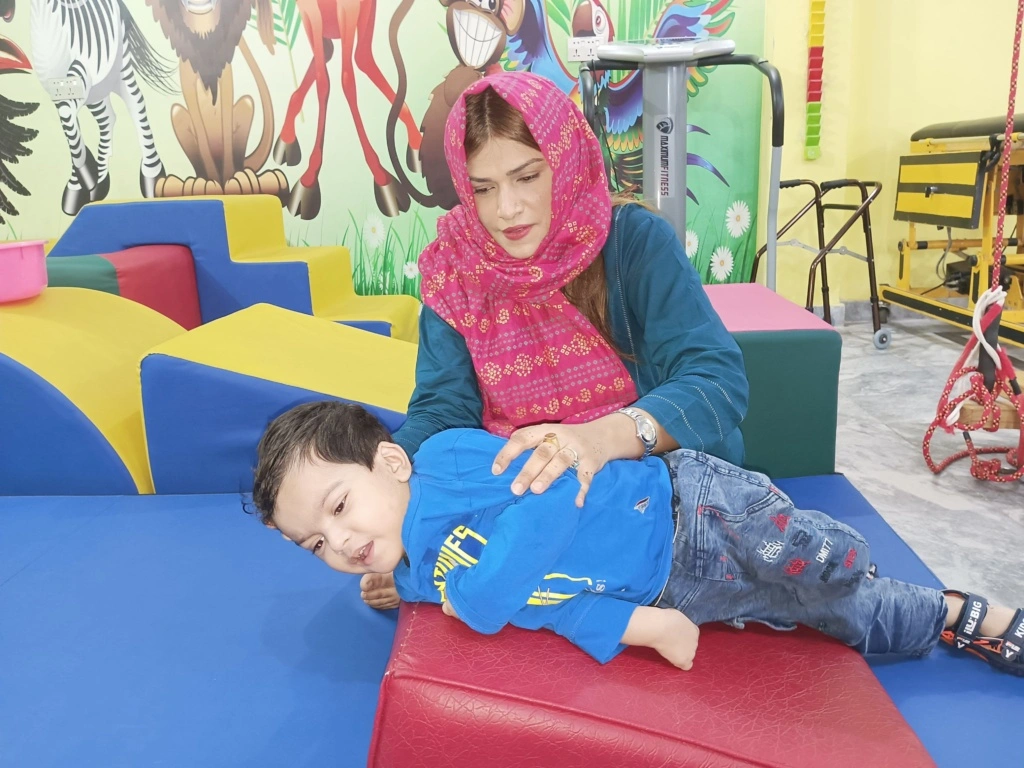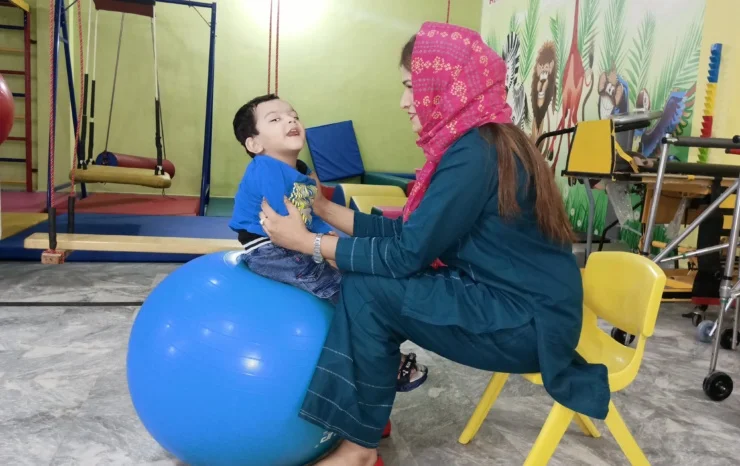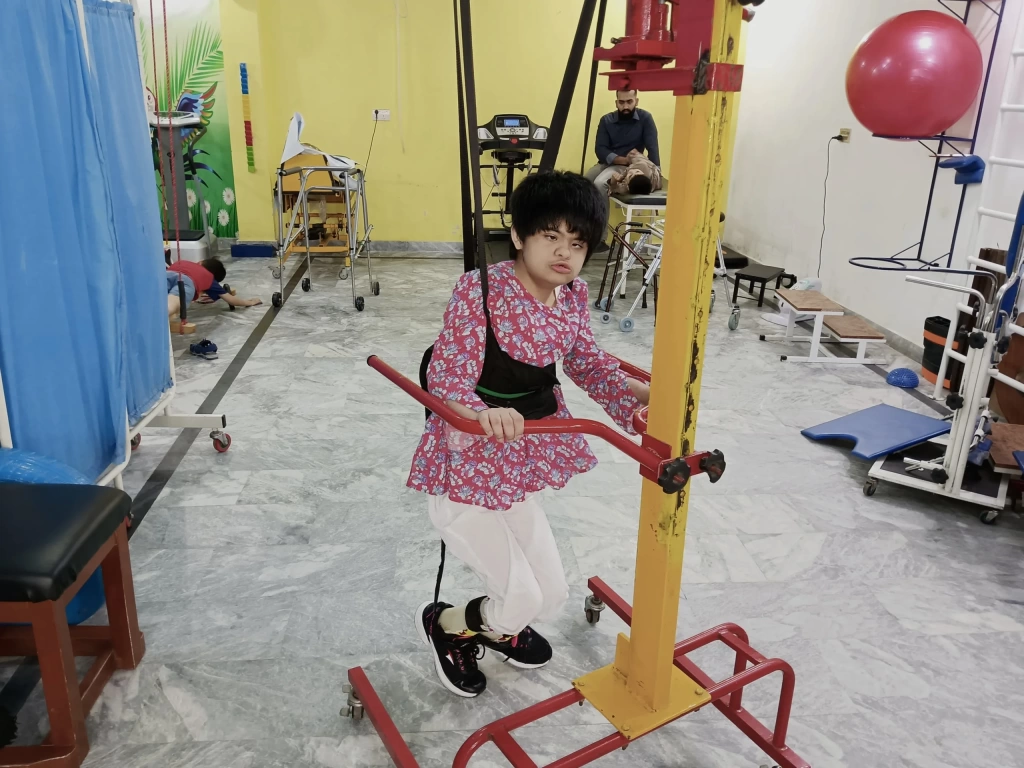We provide specialized rehabilitation services for individuals with different types of muscular dystrophy. Each type has unique characteristics and requires a perfect approach to treatment and care.
Common Types of Muscular Dystrophy:
Myotonic: Characterized by difficulty relaxing muscles after contractions. Facial and neck muscles are often affected first, leading to long, thin facial features, drooping eyelids, and a swanlike neck.
Facioscapulohumeral (FSHD): Muscle weakness begins in the face, hips, and shoulders. Shoulder blades may protrude when arms are raised. Symptoms often appear in teenage years but can start in childhood or later in adulthood.
Congenital: Present at birth or before age 2, this type affects both boys and girls. Some forms progress slowly with mild disability, while others advance quickly, leading to severe impairment.
Limb-girdle: Primarily affects hip and shoulder muscles. Individuals may experience difficulty lifting the front part of the foot, causing frequent tripping. Onset usually occurs in childhood or teenage years.
Our Approach:
Rehab Care offers customized physiotherapy, occupational therapy, and supportive interventions to maintain mobility, manage symptoms, and improve quality of life for those with muscular dystrophy.

